Flannan Isle Lighthouse
What happened to the three lighthouse keepers who vanished from this place remains a mystery over a century later.
At the turn of the 20th century, this remote Scottish lighthouse was manned by three men by the names of James Ducat, Donald MacArthur, and Thomas Marshall. But when the steamer Archtor passed by on December 15, 1900, its light was dark. The keepers had vanished.
December 15th was also the last day an entry was made in the lighthouse log, which mentioned damage to equipment, bent stairway iron railings, and displaced rail tracks. This provided evidence that something had gone wrong even prior to the men’s disappearance.
On December 26th, the relief vessel Hesperus arrived to find a number of ominous signs alongside the lack of light. Its crew discovered unmade beds, an overturned chair, a stopped clock, and one of the keeper’s oilskins still hanging on its hook.
Something had happened—fast—and the damage, plus the fact a rock weighing a ton seemed to have been moved far from its original location, led many to speculate that a gigantic storm or even rogue waves had hit the island, and the men had perished in a rescue or operational accident. The most plausible theory is that the men were swept away by the sea while down at one of the island’s landing stages, even though it was against the rules for all three keepers to be out of the lighthouse at once.
No bodies were ever found, and over time theories from madness to sea monsters to spies to ghosts to UFOs abounded. The Mary Celeste-style mystery inspired a poem by Wilfrid Wilson Gibson in 1912; an early Genesis track in 1968; the Doctor Who episode “Horror of Fang Rock” in 1977; and Peter Maxwell Davies’ opera The Lighthouse in 1979.
The Flannan Isles are a small archipelago also known as “The Seven Hunters.” They were allegedly once inhabited by St. Flannan and visited by pilgrims who engaged in odd rituals, like removing their hats and turning sunwise after coming ashore. The islands were likely uninhabited from when the Vikings invaded during the 9th century up until the lighthouse was installed in the late 1800s.
Know Before You Go
The lighthouse was automated in 1971 and the island is now once again uninhabited. Now, its only visitors are locals from neighboring islands, occasional bird watching enthusiasts, and a few adventurous tourists.

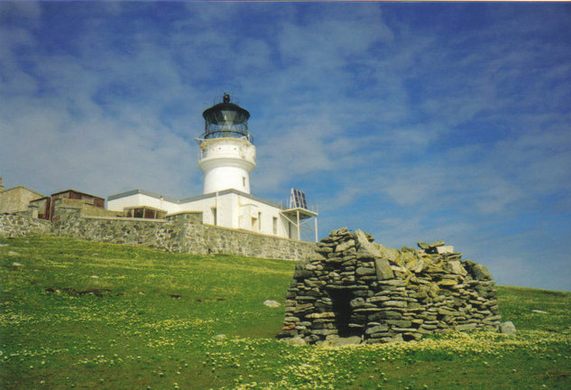
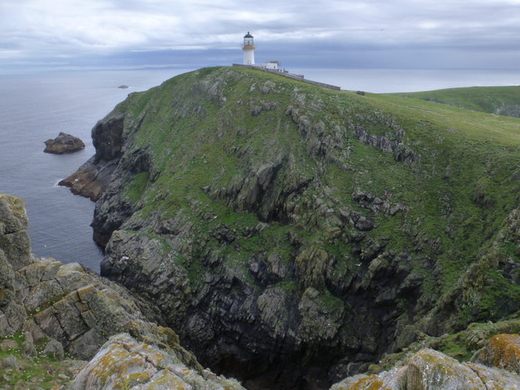
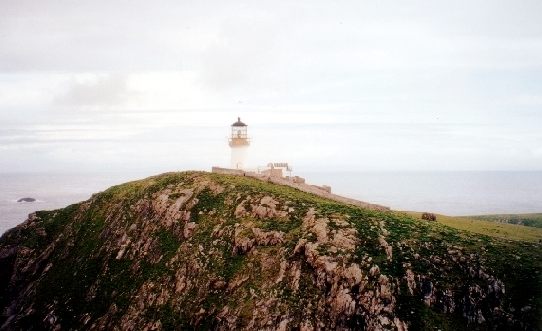
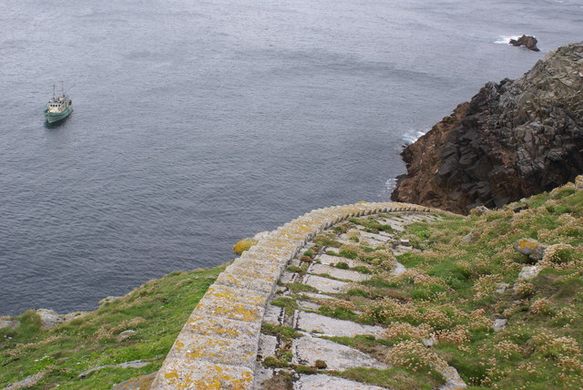





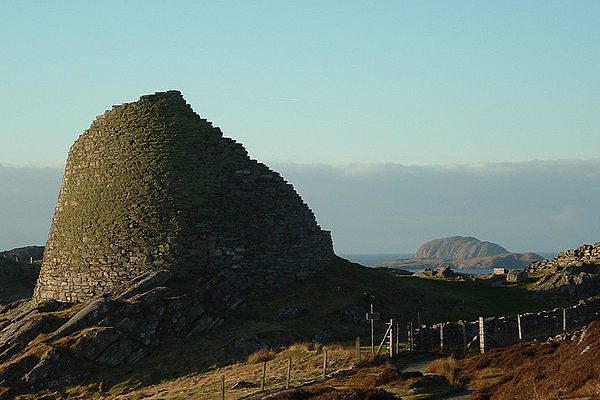



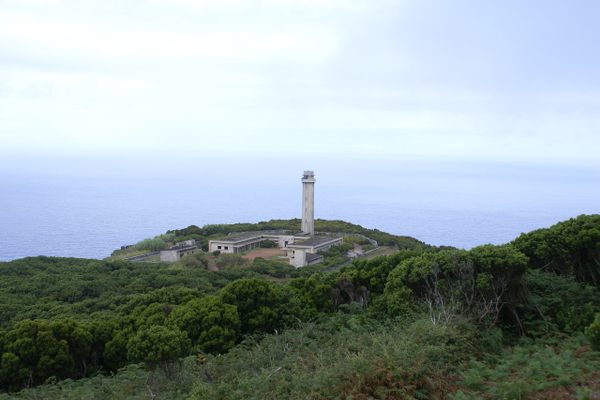



Follow us on Twitter to get the latest on the world's hidden wonders.
Like us on Facebook to get the latest on the world's hidden wonders.
Follow us on Twitter Like us on Facebook